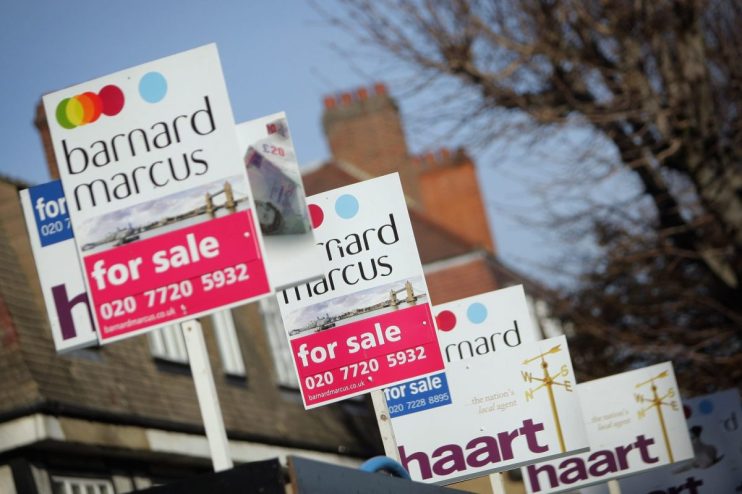Explainer: UK house prices and their swift fall

House prices in the UK have fallen at their fastest yearly pace since 2009. The price of an average property fell 3.1 per cent from a year ago, according to the Nationwide Building Society. The average house price in March was £257,122.
The figures show prices falling also on a monthly basis, for the seventh consecutive month.
This is a considerable slowdown, but commentators have been eager to clarify it’s not nearly as bad as what we experienced after the 2008/2009 financial crisis. Back then, the annual rate of decline reached 17.6 per cent.
The market is likely to stall for a while – as what is needed for it to gather speed is consumer confidence and household budgets not strained to their limit, and both are in scarce supply these days.
Mortgage rates are also higher than last year, and this doesn’t help. They are now, on average, at around 4.4. per cent, while last year they were at 1.8 per cent. We are not at the post-mini-budget levels – when they skyrocketed to above 5.5. per cent, but still, the numbers don’t look good.
All regions in the UK suffered from this slowdown in prices in the first three months of 2023, according to the Nationwide Building Society. Scotland was the region hardest hit on this front.
At the same time, it’s not all completely doom and gloom. Phil Tennant, chief operating officer of instant buying firm Upstix, says the picture looks different depending on which type of property you look at.
“Our research shows that sellers of smaller apartments are really struggling to find buyers, while owners of three-bed semi-detached houses in popular towns will have seen sustained demand from those who have good reason to move”, he said.
Buyers haven’t entirely disappeared from the market, but the most likely scenario is that those who are looking to sell will have to choose between waiting for ages to do so, or accepting lower offers than they would otherwise have liked.